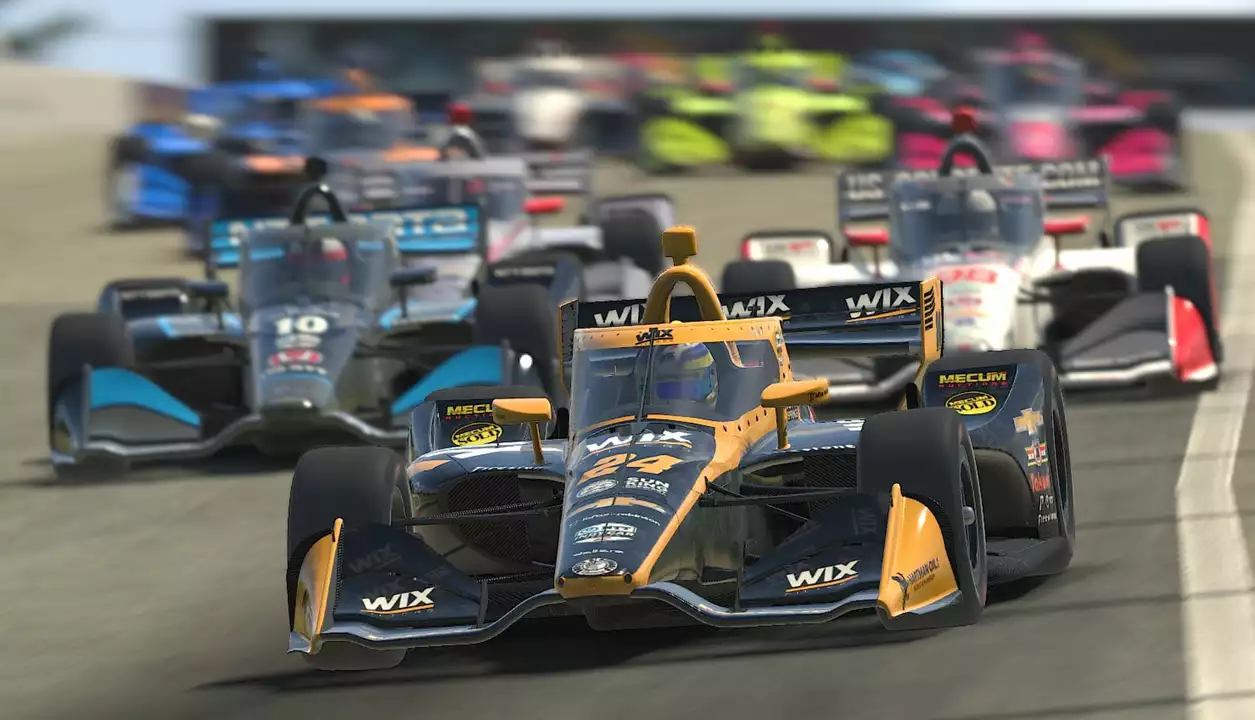Motorsports Comparison: F1 vs IndyCar Drivers
Ever wondered why some fans swear by F1 while others can’t get enough of IndyCar? The debate isn’t just about the cars – it’s about the people behind the wheel. In this guide we break down what makes each group of drivers tick, so you can form your own opinion.
Car technology and how it shapes driver skill
F1 machines are built for maximum downforce, razor‑thin aerodynamics, and blistering corner speeds. The driver has to keep the car glued to the track, which means tiny inputs matter a lot. IndyCar, on the other hand, balances downforce with straight‑line speed for ovals, superspeedways and street circuits. That mix forces a driver to be comfortable both in high‑speed drafting and tight‑corner precision.
Because of these differences, F1 drivers often spend more time fine‑tuning their braking points and throttle modulation. IndyCar racers need to master the art of “pack racing” where you’re constantly side‑by‑side with other cars, and you must react instantly to sudden changes in wind or track conditions.
Skill sets and track challenges
Precision is the watchword for F1. A millimetre off a racing line can cost you a lap. Drivers train for years to develop the feel for how much grip is available at any given moment. This level of exactness makes their lap times look almost surgical.
IndyCar drivers, however, thrive on adaptability. They race on three distinct types of tracks – road courses, street circuits, and ovals. Each demands a different approach: braking heavy on a street circuit, conserving tires on a road course, and finding clean air in a high‑speed oval draft. Their ability to switch mindsets week after week is a key part of the puzzle.
Both series also test mental stamina. F1 weekends are packed with practice, qualifying and a long race, while IndyCar can throw a 200‑mile oval race on a Sunday and a street race on Monday. The driver’s capacity to stay focused across varied formats is what separates the good from the great.
So, which group is “better”? It really depends on what you value. If you love laser‑sharp precision and a tech‑heavy environment, F1 drivers will impress you. If you enjoy raw adaptability, bravery in close‑quarters racing, and a broader range of track types, IndyCar drivers have the edge.
The bottom line is that both sets of drivers excel in their own worlds. Comparing them directly is like comparing a sprint runner to a marathoner – they train for different demands, and both achieve extraordinary results in their arenas.
Next time you tune your car or watch a race, think about the skill that’s on display. Whether it’s the meticulous cornering of an F1 pilot or the daring overtakes of an IndyCar ace, you’re witnessing the peak of human performance on four wheels.

Are F1 drivers better than IndyCar drivers?
As a motorsports enthusiast, I've often wondered if F1 drivers are better than IndyCar drivers. After researching and comparing their skills, it's clear that both types of drivers excel in their respective racing disciplines. F1 drivers showcase incredible precision and control, while IndyCar drivers display remarkable adaptability and bravery on various track types. It's difficult to definitively say that one group is better than the other, as they are different in many aspects. Ultimately, it's a matter of personal preference and appreciation for the unique talents each driver brings to their respective sport.
View More



